Jellyfish Facts!
Join us as we travel the oceans far and wide with these electric jellyfish facts!
‘
Join us as we travel the oceans far and wide with these electric jellyfish facts!
Fast jellyfish facts
Phylum: Cnidaria
Class: Scyphozoa
Classification: Invertebrate
IUCN status: Not evaluated
Lifespan (in wild): One year
Weight: Up to 2kg
Body size: 2cm to 2m
Top speed: 8km/h
Diet: Fish, shrimp, crabs, tiny plants and even other species of jellyfish
Habitat: Oceans
Range:
Jellyfish have been around for millions of years, even before dinosaurs lived on the Earth. Pulsing along on our ocean currents, these jelly-like creatures can be found in waters both cold and warm, deep and shallow and along coastlines, too. Some jellyfish are clear, but others are vibrant colours of pink, yellow, blue and purple. They can be bioluminescent, too, which means they produce their own light!
Jellyfish have no brain, heart, bones or eyes. They are made up of a smooth, bag-like body and tentacles armed with tiny, stinging cells. These incredible invertebrates use their stinging tentacles to stun or paralyse prey before gobbling it up.
The jellyfish’s mouth is found in the centre of its body. From this small opening it both eats and discards waste. And it serves another purpose, too – by squirting a jet of water from its mouth, the jellyfish can propel forward! Cool, eh?
Jellyfish digest their food, which consists of fish, shrimp, crabs and tiny plants, very quickly. If they didn’t, they wouldn’t be able to float, being weighed down by the large, undigested grub in their body.
The jellyfish itself provides a tasty meal for other ocean creatures, particularly sea turtles, who like to guzzle them up regularly. In some cultures around the world, people eat jellyfish, too. In China, they are considered a delicacy, and are also used in Chinese medicine.
Jellyfish stings can be painful to humans and, from certain species, they can even be deadly. Although these magnificent marine creatures don’t purposely attack humans, most stings occur when people accidentally touch a jellyfish.
Picture credits
Bioflourescent jellyfish: Getty Images UK. Close-up of purple jellyfish: Bruce H. Obison. Jellyfish with long tentacles: Natursports, Dreamstime. Yellow jellyfish: Tim Hester, Dreamstime. Map showing jellyfish distribution: National Geographic Maps.
What did you make of our jellyfish facts? Leave a comment below and let us know!
More Like Sea Life
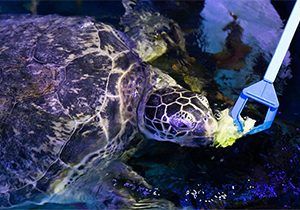
Ernie the overweight turtle goes to bootcamp!
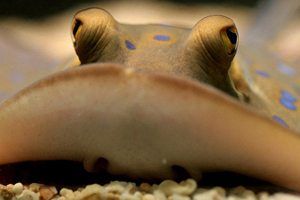
14 facts about stingrays!
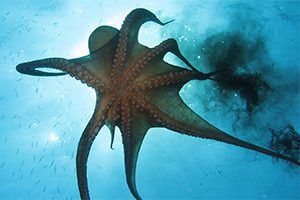
Octopus facts
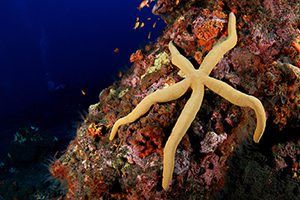




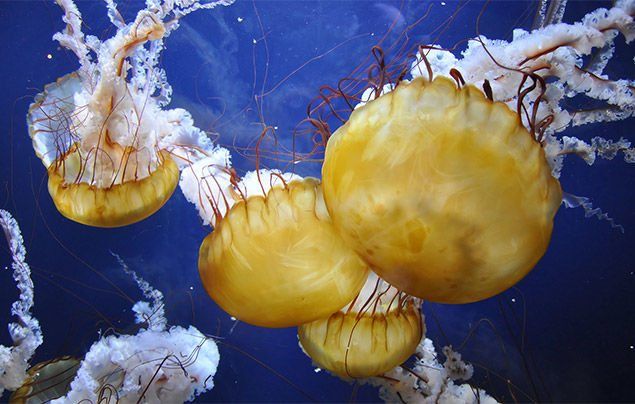








LEAVE A COMMENT
THANK YOU
Your comment will be checked and approved shortly.
WELL DONE,
YOUR COMMENT
HAS BEEN ADDED!
COMMENTS
jellyfishes are amazing
Wow great thank you so much!
wow
are cool
Cool
Jellyfishes are cool
jellyfish are awesomly bad animals
Cool
Cool
WoW
cool
wow
there is a type of jelly fish that lives forever. Its called the immortal jellyfish!
cool
Jellyfish are amazing and awesome. I liked the pictures
It was very informative about how the magnificent live , eat and there body structure
Great facts
It was interesting
I'm so excited!
EPIC
WOW
I love it
cool
Super cool
Wow
Noice
Cool!
cool
WOW
Cool!
I don’t know what you think about jellyfish
Nice to know
I learnt alot of things about jellyfish on this website great job keep it up
i like this web but it needs on the anamils one it needs the crok one on this
They are so cool
Doing project needed info thanks
jellyfish are really cool
Jellyfish are the coolest
Jellyfish really interest me
very good
LIVING ELECTRICITY!!!!!!!
Thanks
i love jellyfish they are so cool
interesting
This information is very useful.This website is also very useful.Thank you 'NATIONAL GEOGRAPHY KIDS'
love these jellyfish just didn`t like it when i got stung in India .
I think the Jellyfish facts were very informative and it was just what I was looking for. Thank you.:)
very amazing info
i think the jellyfish article was cool and when I went to the beach I saw a huge jellyfish!
Very very cool
CUSTOMIZE YOUR AVATAR